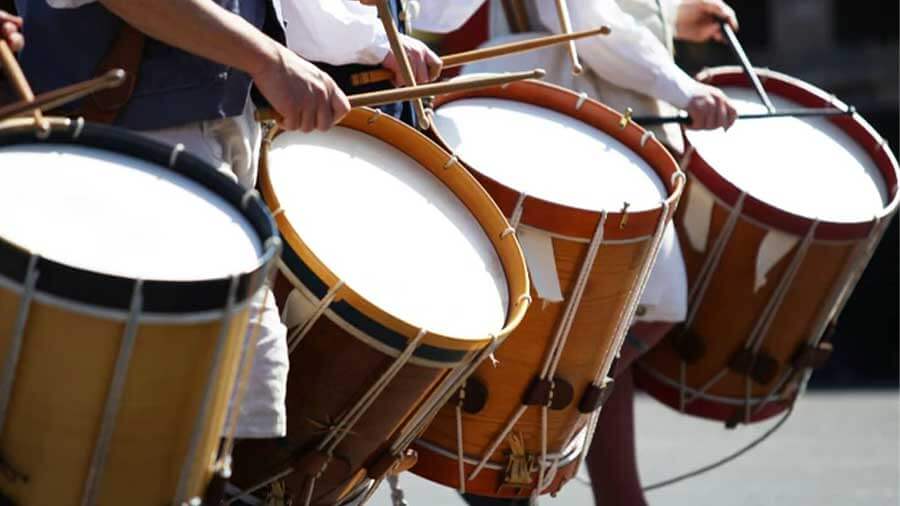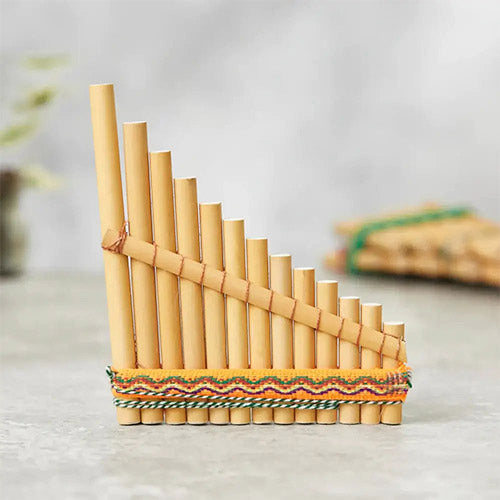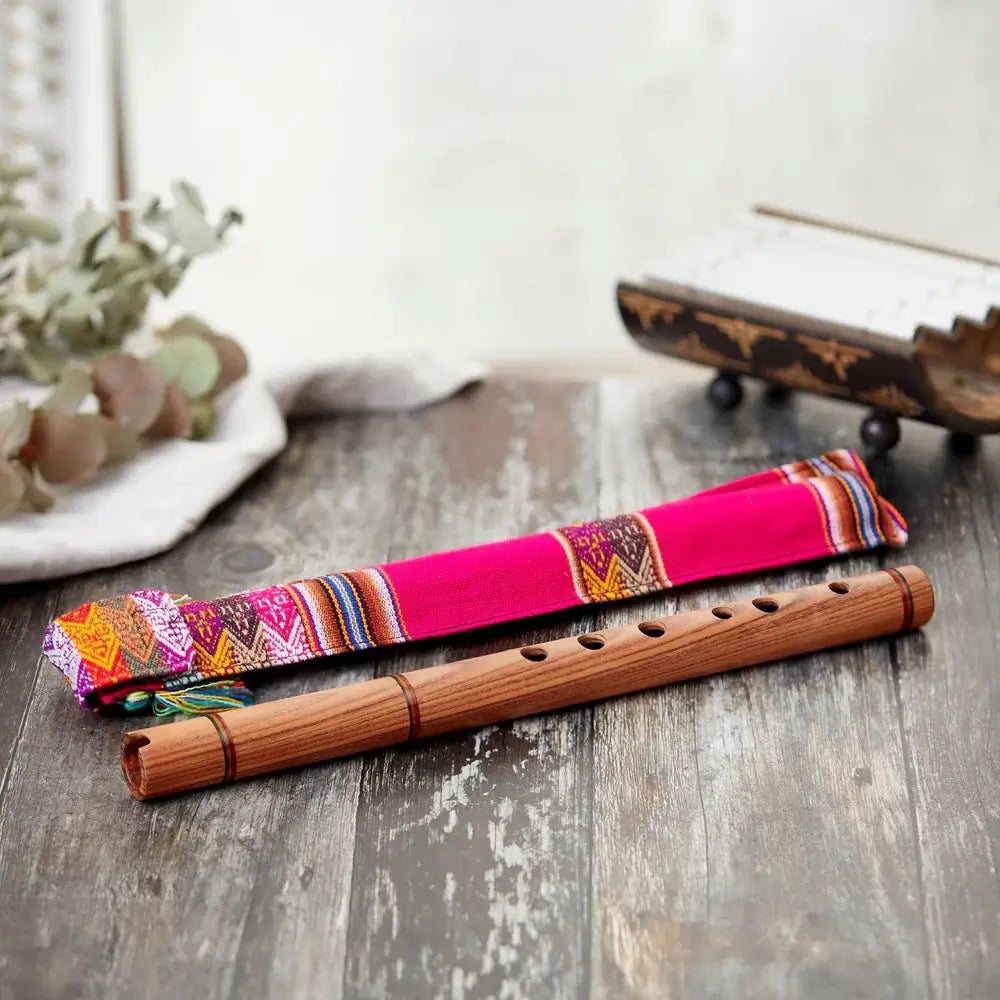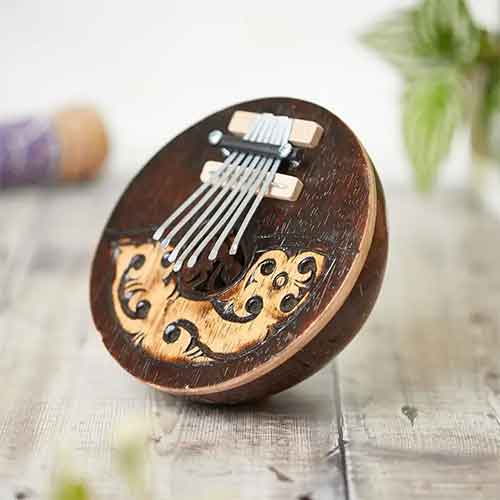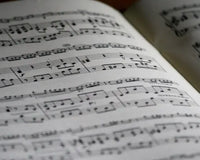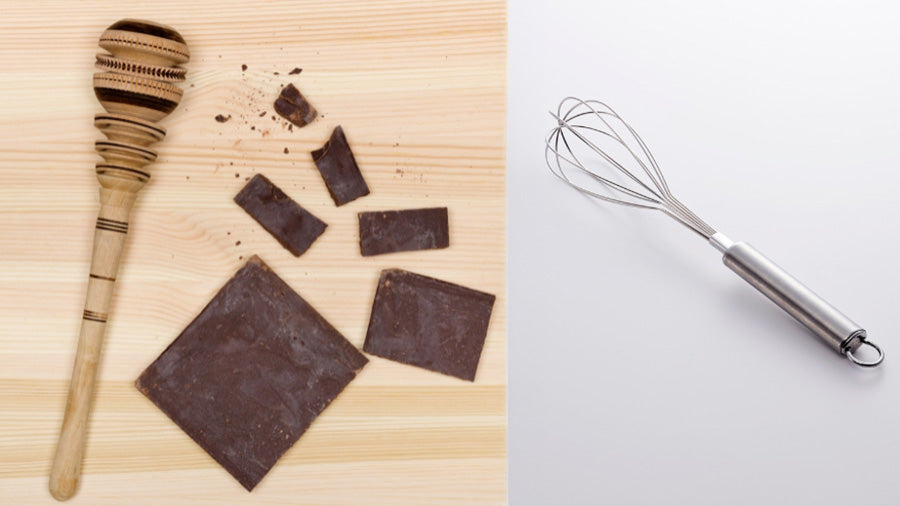The marching drum, with a history dating back to ancient Rome, has played a significant role in military and marching band music, helping soldiers maintain a steady pace during marches. Over time, it became central to military parades and ceremonies. In the 19th century, the marching drum gained popularity in the African American community, with groups like the Black Brigade and the Fisk Jubilee Singers incorporating it into their performances, shaping the unique sound of marching bands.
The first type of marching drum

The history of drums, in general, is said to date back to 3000 BC however, marching drums date all the way back to the 1300s. The drum that you see today is very different from the original that is known as a Tabor. The tabor drum was played by holding a piece of rope in one hand whilst beating the drum with a stick or pipe in the other.
The drum was double-headed and the bottom of the instrument was a snare. The tabor became the most popular during the 1400s which is when it was used for military purposes as part of the Swiss and Ottoman armies. The tabor drum then formed two new revolutionary instruments – the snare drum that you see today. Being used by bands as part of a full drum kit and of course the more modernised marching drum that you can put around you and march the streets with two wooden beaters.
Modern uses for marching drums
Modern marching drums are versatile instruments used in a range of settings, from military parades to halftime shows and festivals. Designed with lightweight, durable materials, they’re ideal for outdoor performances. More modern-designed marching drums are great music instruments for children helping them learn rhythm, creativity, and expression while introducing them to basic music concepts.
Beyond military use, marching drums are central to marching bands, drum corps, parades, and competitive drumming events, providing powerful sound and precision. They’ve evolved from tools for signaling commands in warfare to symbols of ceremony and prestige, contributing to the energy of performances and uniting communities at festivals. Today, marching drums also play a key role in music education, fostering skills like coordination, discipline, and teamwork.
Facts about marching drums

The modern snare drum, a key element of marching drums, originated from the military snare drum of the 18th century. Marching drums come in various sizes, including snare, tenor, and bass drums, each serving a specific role in marching groups. Marching tenor drums (also called toms) are typically arranged in sets of 2 to 6 drums, known as duos, trios, quads, quints, and sextets. Professional marching drummers often compete in drum corps, showcasing intricate choreography and synchronized performances.
Marching snare drums are deeper than standard drum kit snares, producing a lower pitch, and feature durable Kevlar or Mylar heads for better sound and longevity. These drums, along with bass drums, tenor drums, and cymbals, each play a vital role in creating the distinctive sound of marching bands. Marching percussion has roots in military traditions, where drums were used to signal orders, wake soldiers, and coordinate movements during battle.
Are marching drums popular?

Whilst marching drums are seeing a decline in interest in the past 20 years. The percussion instruments are still being used worldwide and sound effects recorded from them are still being commonly used in aged and modern films. Marching drums have a rich and fascinating history that spans centuries and continents.
From ancient Rome to modern-day America, these instruments have played a critical role in military and marching band music, providing a sense of unity, rhythm, and excitement that is sure to capture the attention of any audience. So next time you hear the thundering sound of a marching drum, take a moment to appreciate the long and storied history behind this beloved instrument.
How to play the marching drum for beginners
For beginners, learning to play marching drums requires practicing fundamental techniques such as grip, posture, and rudiments. Proper stick control and drumming posture are essential for achieving precise and consistent sound production. Beginners should start with basic rudiments like single strokes, double strokes, and paradiddles before progressing to more complex patterns and exercises.
Advanced marching drum techniques include accents, flams, drags, rolls, and intricate stickings. These techniques enhance musical expression and performance quality, requiring precision, control, and coordination. Practicing with a metronome and gradually increasing tempo helps develop speed and accuracy in executing these techniques.
Marching Drum - Buying Guide
Consider factors such as drum size, material, and budget when purchasing a marching drum for beginners. Look for durable drums made from high-quality materials like wood or fiberglass, as they offer better sound projection and longevity. Choose a drum size appropriate for the player's age, height, and skill level.
Skill level
For Beginners: Choose a lightweight, easy-to-handle drum. This will help you focus on technique without feeling weighed down.
Marching Drum types
Marching drums come in several types, each designed for a specific musical role. A snare drum is ideal for sharp, precise rhythms and is often used to keep time during performances. It provides a crisp, clear sound that cuts through the ensemble. A tenor drum is perfect for melodic lines and adding musical depth, offering a fuller tone for more complex rhythms. If you’re looking for deep, resonant beats that anchor the overall rhythm section, a bass drum is the way to go. The bass drum’s low frequencies provide the backbone of the rhythm and support the band’s overall sound.
Drum Material
The material of the drum significantly impacts both the tone and durability. Wooden drums are known for their warm, rich sound, making them a great choice for traditional use, whether in a parade or a concert. They offer a more organic, natural tone that resonates well in acoustic settings. On the other hand, fiberglass drums are highly durable, weather-resistant, and perfect for outdoor performances, especially in challenging conditions. They maintain their tone and resilience in various environments, making them an excellent choice for marching bands performing in all weather.
Drum Size
When selecting a marching drum, it's important to choose a size that aligns with the player's age, height, and skill level. A drum that is appropriately sized for the player will ensure comfort, better control, and an overall improved playing experience. A well-fitted drum allows the player to focus on developing technique without struggling with an oversized or too-small instrument, ultimately enhancing both performance and sound quality.
Marching Drums Price
Whilst the use of a marching drum used to be traditional when performing a march. Nowadays, the older designs are more of an ornamental piece with antiquity value. These can be found on popular websites selling from about £50 to over £470.
Where to Buy a Marching Drum
★★★★★ - "Received safely, thank you for a deal and first class service". - Verified Buyer
Explore our collection of high quality marching drums that are made from durable materials and designed for exceptional sound quality. Whether you're a beginner or an experienced drummer, we have the perfect drum for you. Click here to purchase your marching drum today!

